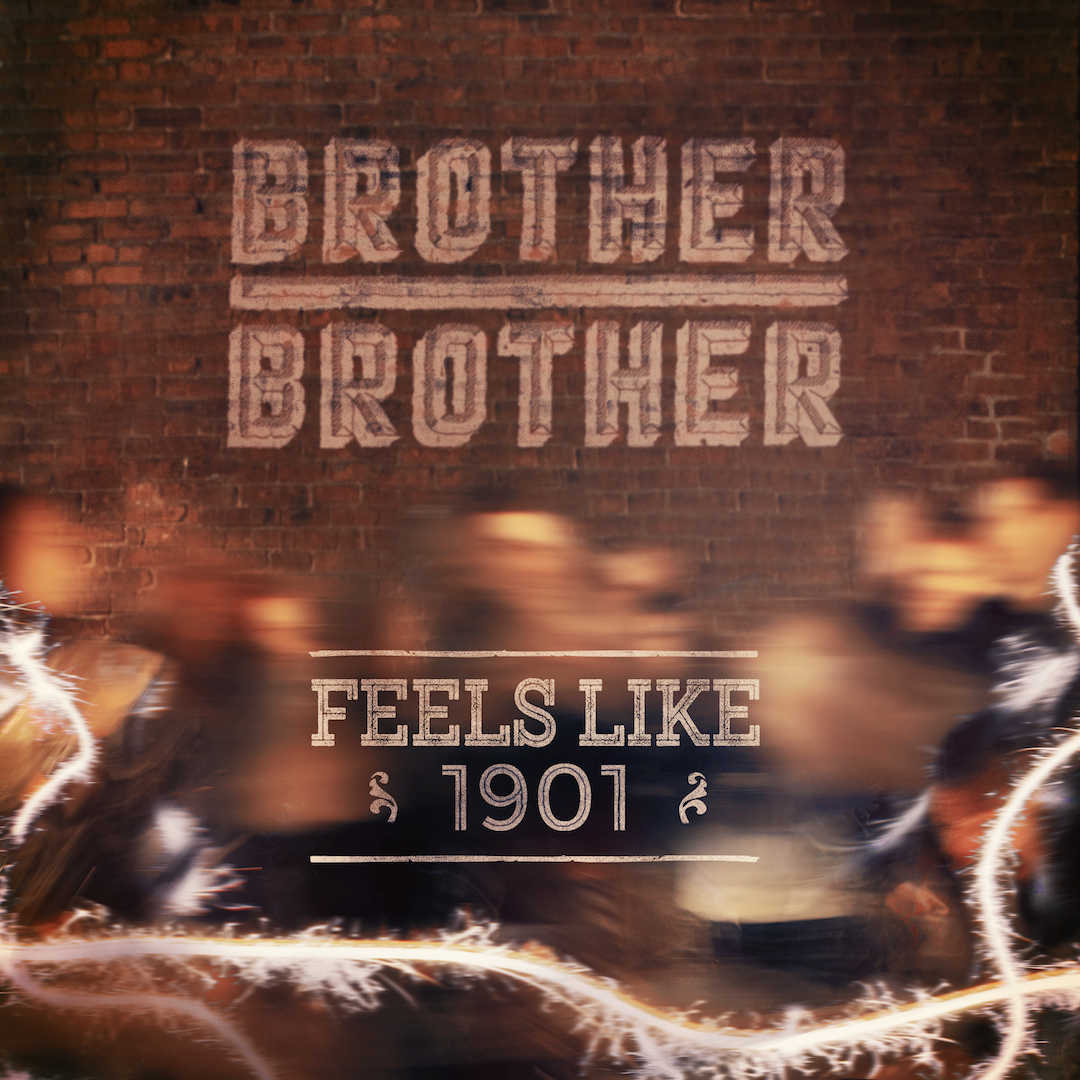On ‘Harmonizer’, Ty Segall grafts the intimately familiar to the excitingly new and makes an album that no longer buries the lede.
Stream: ‘Harmonizer’ – Ty Segall
Harmonizer is easily the most accessible Ty Segall record.
More than just a surprise release, it’s a surprise sound — not in terms of ability, but in terms of desire. The predecessors to Harmonizer were more determined to explore the limits of fuzzy lo-fi stoner rock. Now everyone has to play catch-up with Ty Segall’s catch-up record.
Accessible and synth-laden to a point that might piss-off the more fiercely independent fans of garage rock. But maybe not, because garage rock has been quickly shifting into a more electronic space regardless. King Gizzard and the Lizard Wizard dove head first into the gaping breach of electropop with Butterfly 3000, while John Dwyer and the ever-altering Osees have reassembled themselves piece-by-piece into the foremost krautpunk band since Face Stabber.

So Segall and co-producer Cooper Crain are not crafting a trend among independent garage rock’s Scuzzy Trinity, but Segall’s work welding the guitar to the synthesizer has him styling new roles; he uses drum solos to cue drops and synthesizers to imbue weight to erstwhile chordal stoner rock. Cuts are replete with droning passages or earfuls of colourful melodies. Moreover, he does not forsake the indie appeal of garage rock. In a clear break from First Taste and Freedom’s Goblin, Segall achieves greater instrumental parity while still retaining the riffs.
His sensibility for electronic musicality is well considered and implemented — calling this an egregious shift would be too harsh; calling it a cash-grab would be too cynical — aside from the firing piston drum machine of “Learning” and the droning garagewave of “Changing Contours” nothing is too far gone into an all-encompassing and unrecognizable electropop. Hell, the synthwave shuck into a nuts-and-bolts beat sequence serves a ruse unto Segall’s most connective body of work. It contains some of the heaviest, muscled guitarwork of Segall’s career and shimmers-shakes-and-leaps into stoner synthrock, collaborating hooking guitar riffs and versatile synthesizer work. Look no further than “Erased” or “Ride.”

There’s still plenty of meaty riffwork throughout this record too: “Waxman” and “Play” might not be the main facemelters of the record, but they do their damnedest to ensure faces remain a puddle. The record’s only departure from this mold of music is the post-punk inspired collaboration with his wife Denée, “Feel Good.” Segall’s power chords, a fuzzy bass and a livewire main guitar riff adorn her spoken word lyrics. Segall even adds a frog croak effect to his backup vocals to make it stick. Neither here nor there, its effect on the overall trajectory of the record is diminished by its placement as the penultimate cut.
It doesn’t matter what we’re saying
Existing freely and harmonizing
Inventing notes to form a languagе
A chord together, now harmonizing
The power in this album comes from that synthesizer-guitar mixture. No cut moreso than “Harmonizer.”
The track is a holotype for the album’s perfected union of the electric and the electronic. Nothing is overdone on the runtime — not the many tape loops nor the bottomless chords; they accentuate but never inundate his work. Down the periphery, auditory luxuries trace the stereo. Little electric spurts and flares lead with a stop-start sense of rhythm, doubling up the progression with scratching, screeching, roaming synthesizers and treble-action guitars. When synthesizers take a significant section of the mix, they reinforce neon stoner progressions or dash in a glowstick flash. It’s not a clear cut and brake from the sonic drudgery of his early material but a determined evolution.
If “Harmonizer” is the holotype, then “Pictures” follows closely behind. Isolating guitar parts and low-volume lasers to either stereo channel, Segall and Crain separate the ingredients while letting a shrill synth riddle in the middle. From there, Segall converts into a mechanical drum solo distended on either ear. All stop.
Then, like a string through spacetime, Segall jerryrigs cutting chords adorned with space age transmissions taking turns and beaming down. It’s not enough, however, for him — we need something more. Enter a screaching eagle solo modulated by an alien. The synth descends down the right channel, the guitar jams down the left and the solo leaps from left-to-right.
Leaps is probably the best word to describe this record. The musical breadth and sheer sense of space age style from this record — six minutes shorter than First Taste and less than half the run time of Freedom Goblin — can only be described as a leap. Segall crafts a seamless interface between rock and electronic music, carves out a new space for the power of the synthesizer, and eschews ostentatious rock operatives and twitchy dance rock histrionics for a straightforward sound.
When you make straightforward synthrock like Harmonizer, you didn’t need ‘em anyways.
— —
:: stream/purchase Harmonizer here ::
— — — —

Connect to Ty Segall on
Facebook, Twitter, Instagram
Discover new music on Atwood Magazine
? © Denee Segall
:: Stream Ty Segall ::








